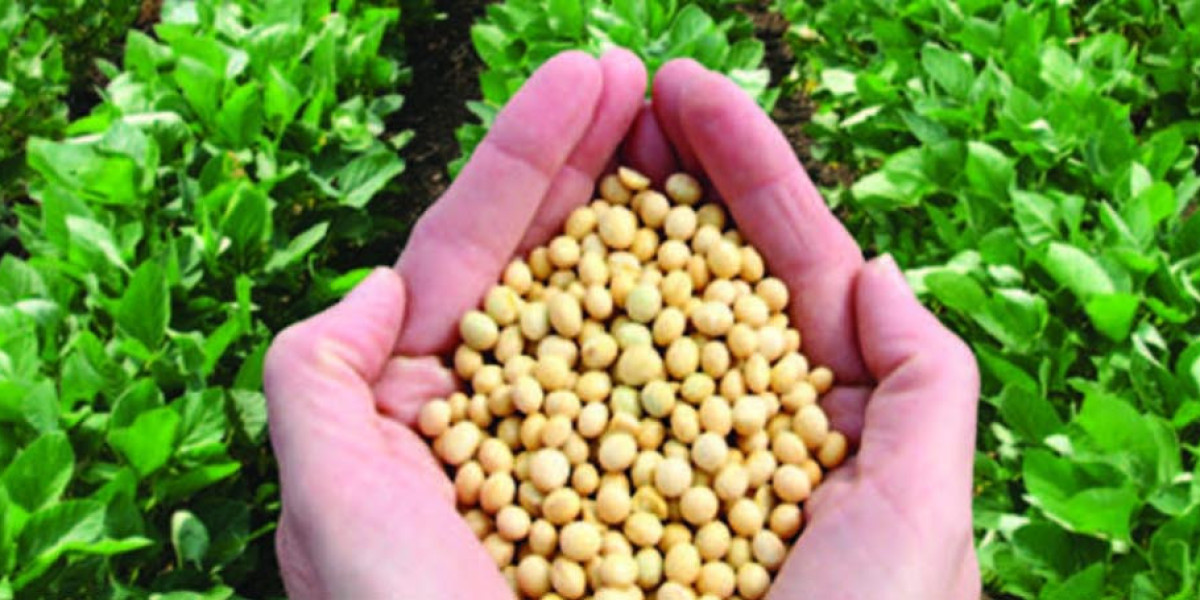Crop marketing is a critical aspect of agriculture that involves promoting and selling crops to consumers and businesses. Effective marketing strategies ensure that crops reach the right market at the right time, helping farmers achieve better prices and profitability. In today's competitive agricultural landscape, understanding the intricacies of crop marketing can make a significant difference in a farmer's success. This article will explore the essential elements of crop marketing, including the marketing process, tools, techniques, and challenges faced by farmers. We aim to provide a comprehensive overview to help farmers, agribusinesses, and stakeholders optimize their marketing strategies.
Understanding Crop Marketing
Definition and Concept of Crop Marketing
Crop marketing refers to the activities and processes involved in bringing agricultural produce from farms to the market. It includes everything from market research and pricing to distribution and sales. The goal of crop marketing is to maximize the value of the crops by ensuring they are sold at the best possible price. This involves understanding market demand, selecting appropriate distribution channels, and employing effective sales strategies. By mastering crop marketing, farmers can improve their profitability and ensure that their products reach consumers efficiently.
Key Components: Production, Distribution, and Sales
The crop marketing process encompasses three main components: production, distribution, and sales. Production involves growing the crops and preparing them for market. Distribution covers the logistics of getting the crops from the farm to various markets, including transportation and storage. Sales involve promoting and selling the crops through various channels such as farmers' markets, wholesalers, and retailers. Each component plays a crucial role in the overall success of crop marketing, requiring careful planning and execution to achieve optimal results.
The Crop Marketing Process
Market Research and Planning
Market research is the first step in the crop marketing process. It involves gathering information about market trends, consumer preferences, and competitive conditions. Farmers use this data to plan their crop production, choosing varieties that are in demand and adjusting their production schedules accordingly. Effective planning helps farmers align their production with market needs, reducing the risk of oversupply or undersupply. By staying informed about market conditions, farmers can make strategic decisions that enhance their chances of success.
Pricing Strategies
Pricing is a critical aspect of crop marketing. Several factors influence crop prices, including production costs, market demand, and competition. Farmers must choose a pricing strategy that balances profitability with competitiveness. Common pricing methods include cost-plus pricing, where prices are set based on production costs plus a profit margin, and market-based pricing, where prices are determined by supply and demand conditions. Competitive pricing, which involves setting prices in line with or lower than competitors, can also be effective in attracting buyers.
Distribution Channels
Distribution channels are the pathways through which crops move from farms to consumers. Farmers can choose from several distribution options, including direct sales to consumers through farmers' markets or farm stands, wholesale markets, and cooperatives. Online platforms and e-commerce are increasingly popular channels, allowing farmers to reach a broader audience. Each distribution channel has its advantages and challenges, and farmers should select the ones that best align with their marketing goals and resources.
Marketing Tools and Techniques
Advertising and Promotion
Advertising and promotion are essential tools in crop marketing. Traditional advertising methods include print ads, radio spots, and billboards, while digital advertising involves social media, search engine marketing, and online banners. Effective promotion strategies help increase awareness of the crops and attract potential buyers. Social media platforms offer a cost-effective way to reach a large audience and engage with consumers. By using a mix of advertising and promotional techniques, farmers can enhance their market presence and drive sales.
Branding and Packaging
Branding and packaging play a significant role in crop marketing. A strong brand helps differentiate crops from competitors and creates a positive image in the minds of consumers. Effective branding involves developing a unique name, logo, and message that resonate with the target audience. Packaging, on the other hand, protects the crops and makes them more appealing to buyers. High-quality, attractive packaging can enhance the perceived value of the crops and influence purchasing decisions.
Networking and Partnerships
Networking and partnerships are valuable aspects of crop marketing. Building relationships with buyers, distributors, and other stakeholders can lead to new opportunities and improved market access. Participating in agricultural fairs, exhibitions, and industry events helps farmers connect with potential partners and showcase their products. Collaborating with other farmers, cooperatives, and marketing organizations can also enhance market reach and provide additional support for marketing efforts.
Challenges in Crop Marketing
Market Fluctuations
Market fluctuations are a common challenge in crop marketing. Factors such as weather conditions, pests, diseases, and economic changes can impact crop yields and market prices. Farmers must be prepared to adapt to these fluctuations by adjusting their marketing strategies and managing risks. Diversifying crops, exploring new markets, and using forward contracts are strategies that can help mitigate the effects of market volatility.
Competition
Competition is a significant challenge in crop marketing, both locally and globally. Farmers face competition from other producers who may offer similar products at lower prices or with better quality. To stay competitive, farmers need to differentiate their crops through quality, branding, and unique selling points. Understanding competitors' strategies and continuously improving their own marketing approaches can help farmers maintain a competitive edge in the market.
Access to Market Information
Access to accurate and timely market information is crucial for effective crop marketing. Farmers need data on market prices, demand trends, and competitor activities to make informed decisions. However, obtaining this information can be challenging, especially in remote areas. Utilizing technology, such as market information apps and online resources, can help farmers stay updated and make better marketing decisions.
Tips for Successful Crop Marketing
Successful crop marketing requires a combination of strategies and practices. Focusing on quality and consistency ensures that crops meet consumer expectations and build a positive reputation. Diversifying marketing channels, such as using both direct sales and online platforms, can expand market reach and reduce reliance on a single source of revenue. Leveraging technology and digital tools, such as market analysis software and social media, can enhance marketing efforts and provide valuable insights.
Case Studies/Examples
Examining successful crop marketing strategies from different regions can provide valuable lessons for farmers. For instance, a farmer in California might use direct-to-consumer sales through a subscription model, while a farmer in Kenya might focus on exporting specialty crops to international markets. Learning from these examples can help farmers understand diverse approaches and apply relevant strategies to their own marketing efforts.
Conclusion
Effective crop marketing is essential for maximizing the value of agricultural produce and achieving profitability. By understanding the crop marketing process, utilizing appropriate tools and techniques, and addressing challenges, farmers can improve their marketing strategies and reach their target markets successfully. Continuous improvement and adaptation are key to thriving in the dynamic world of crop marketing.









